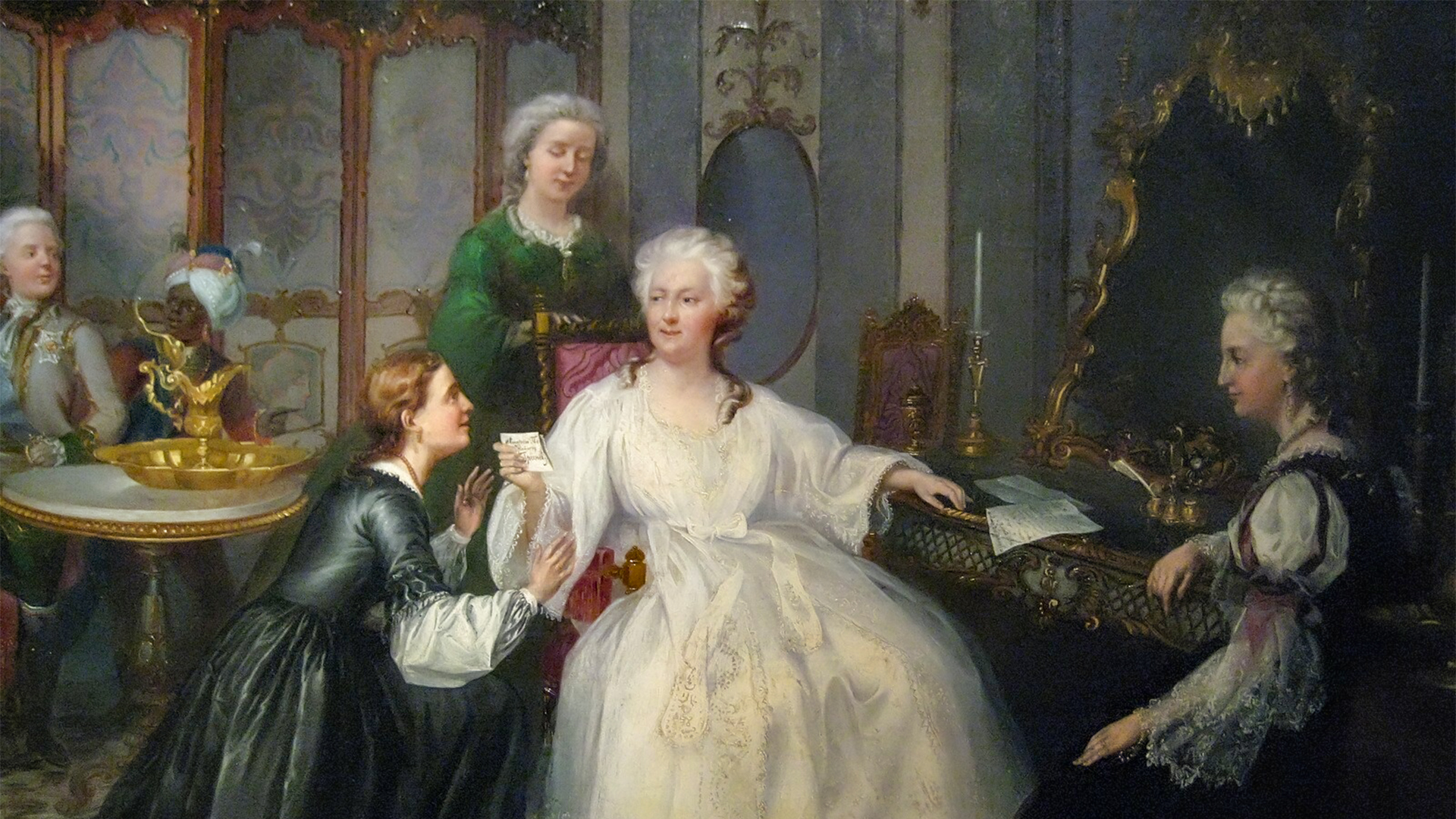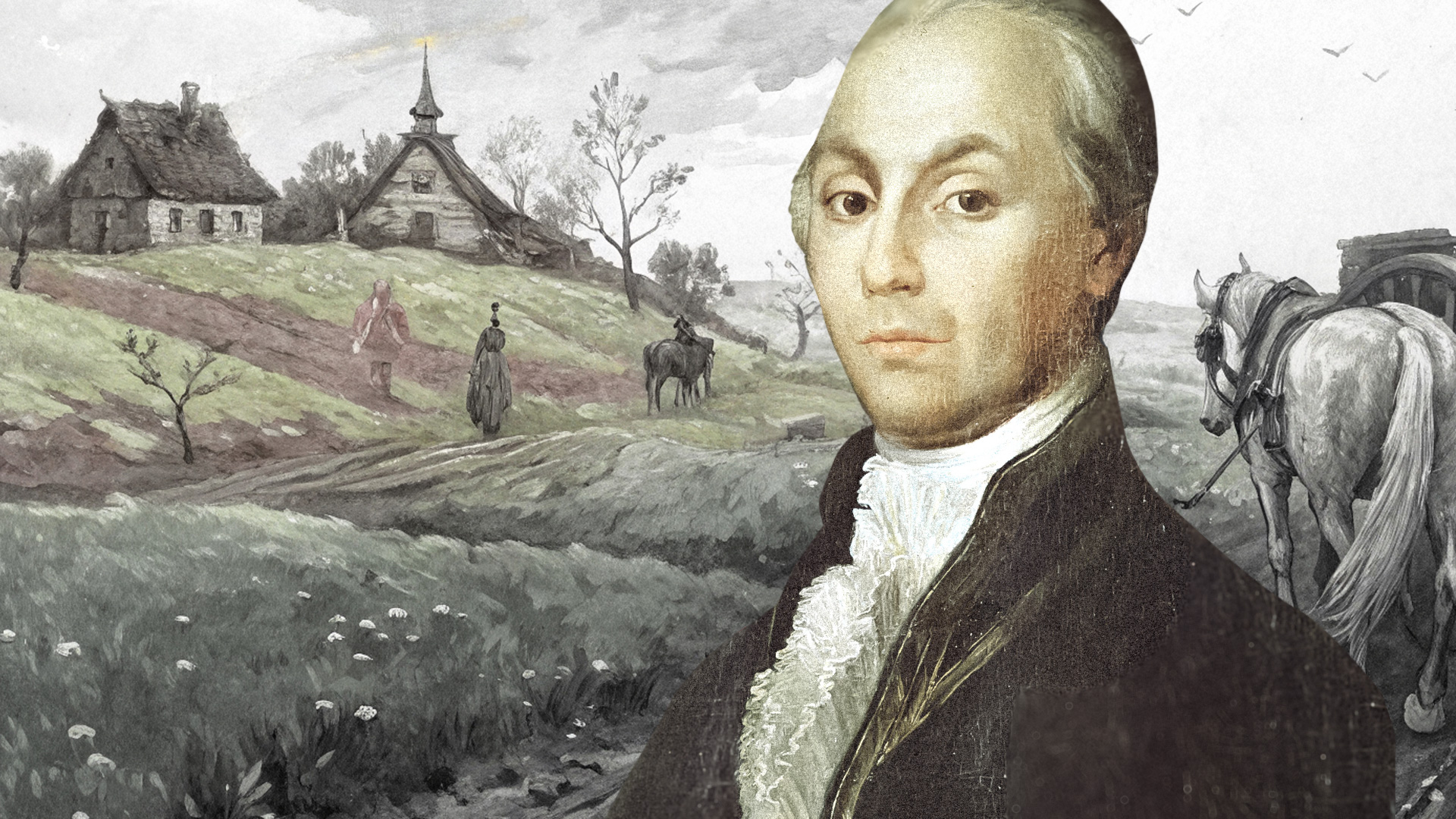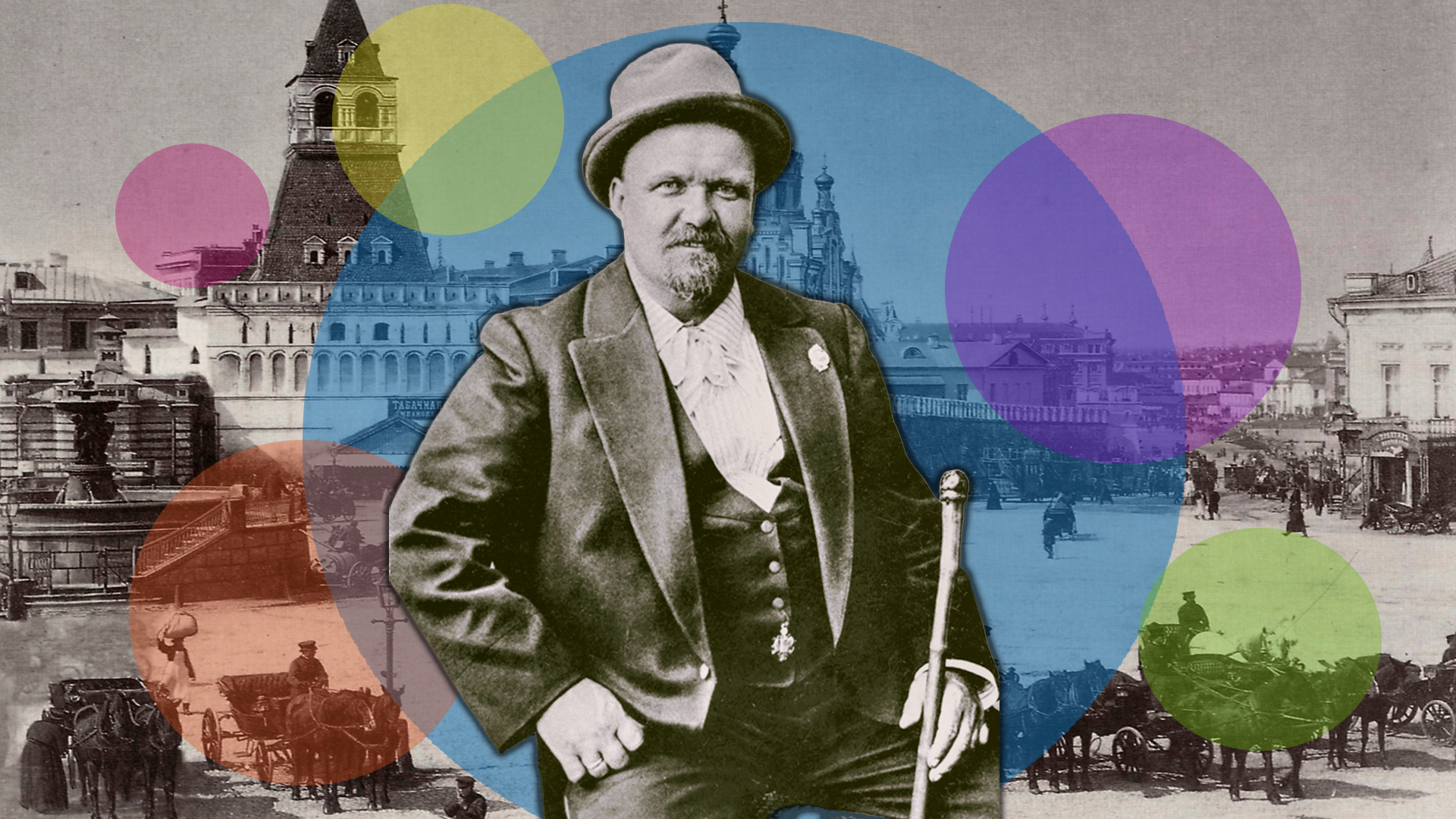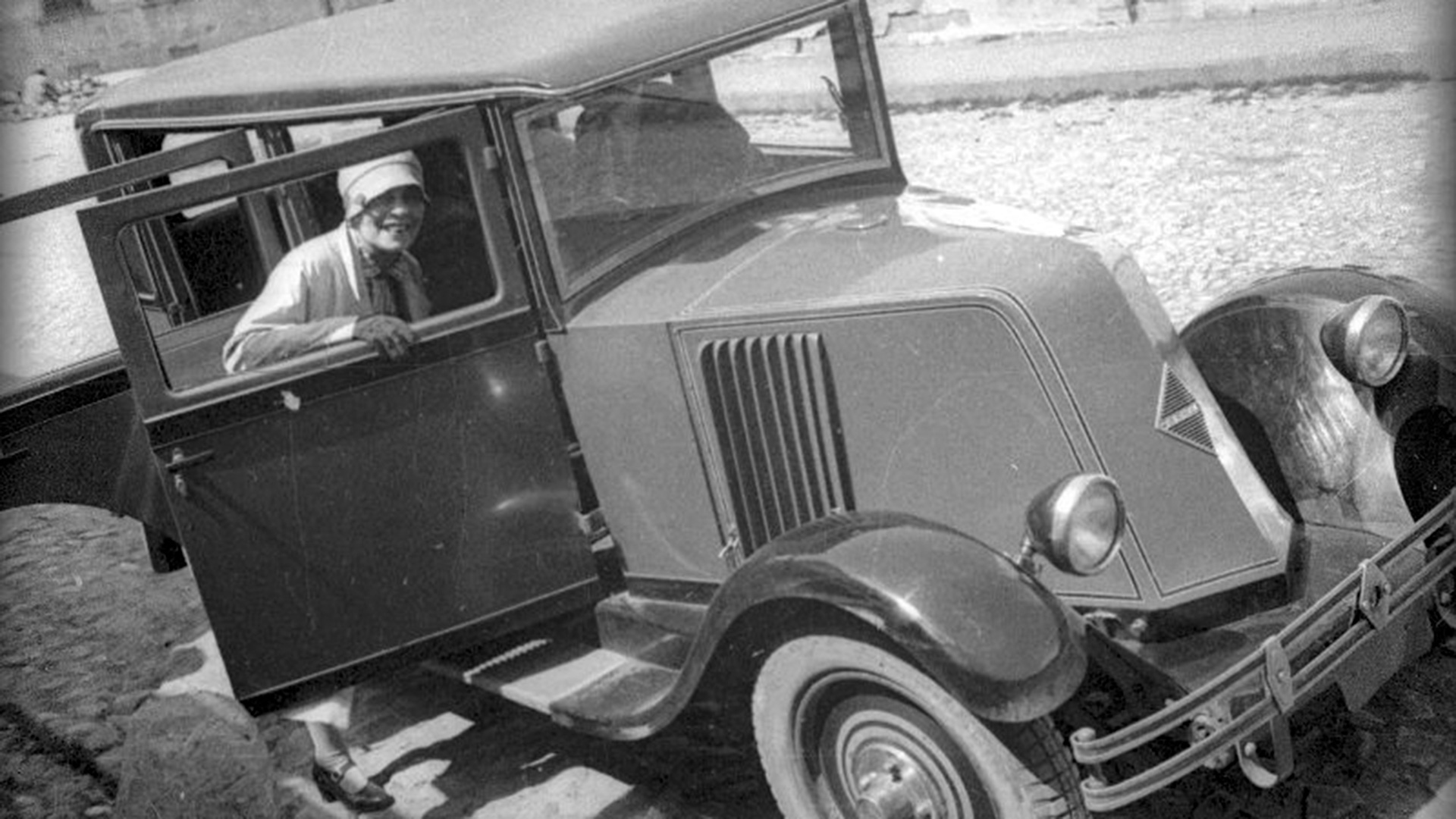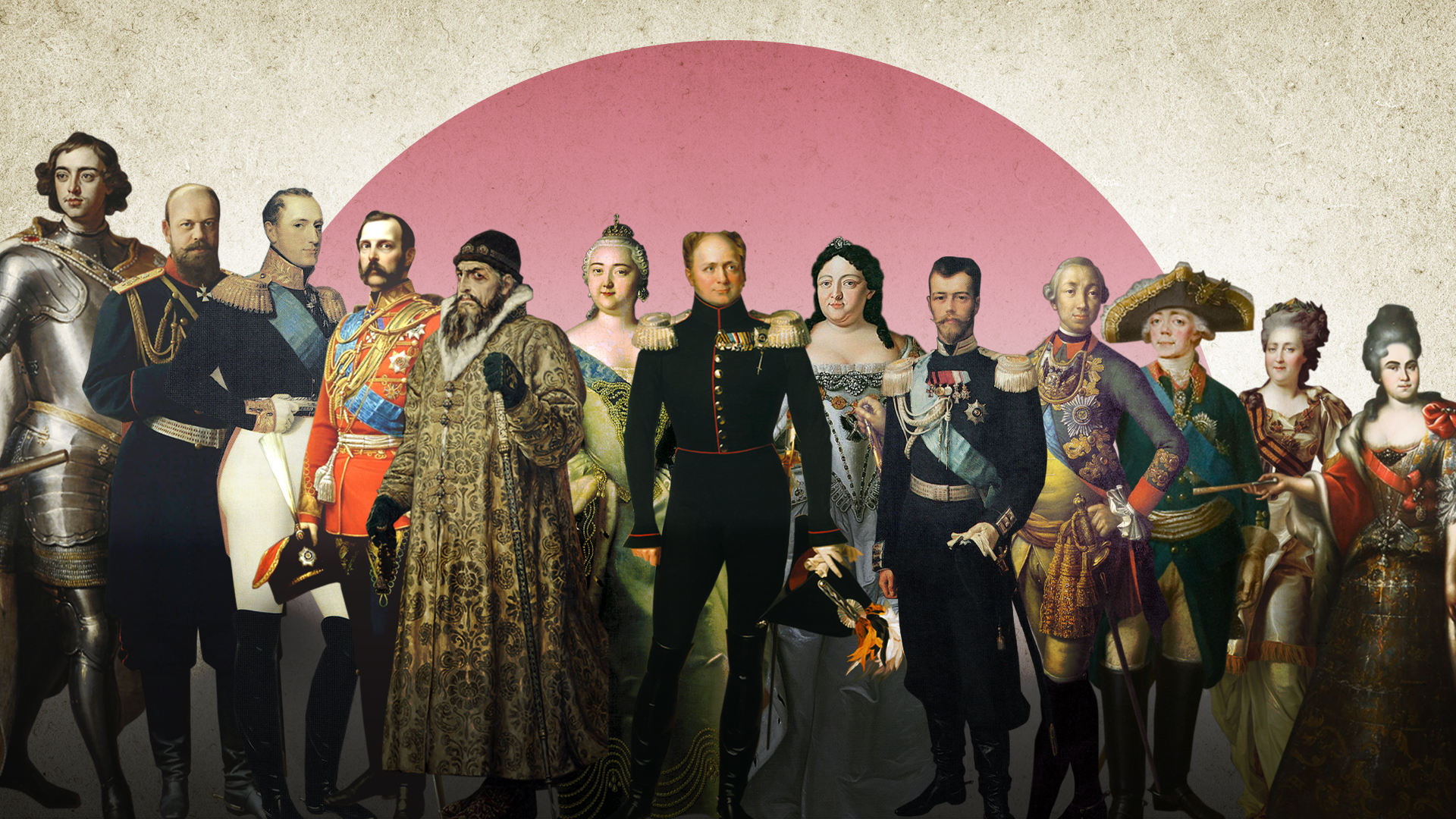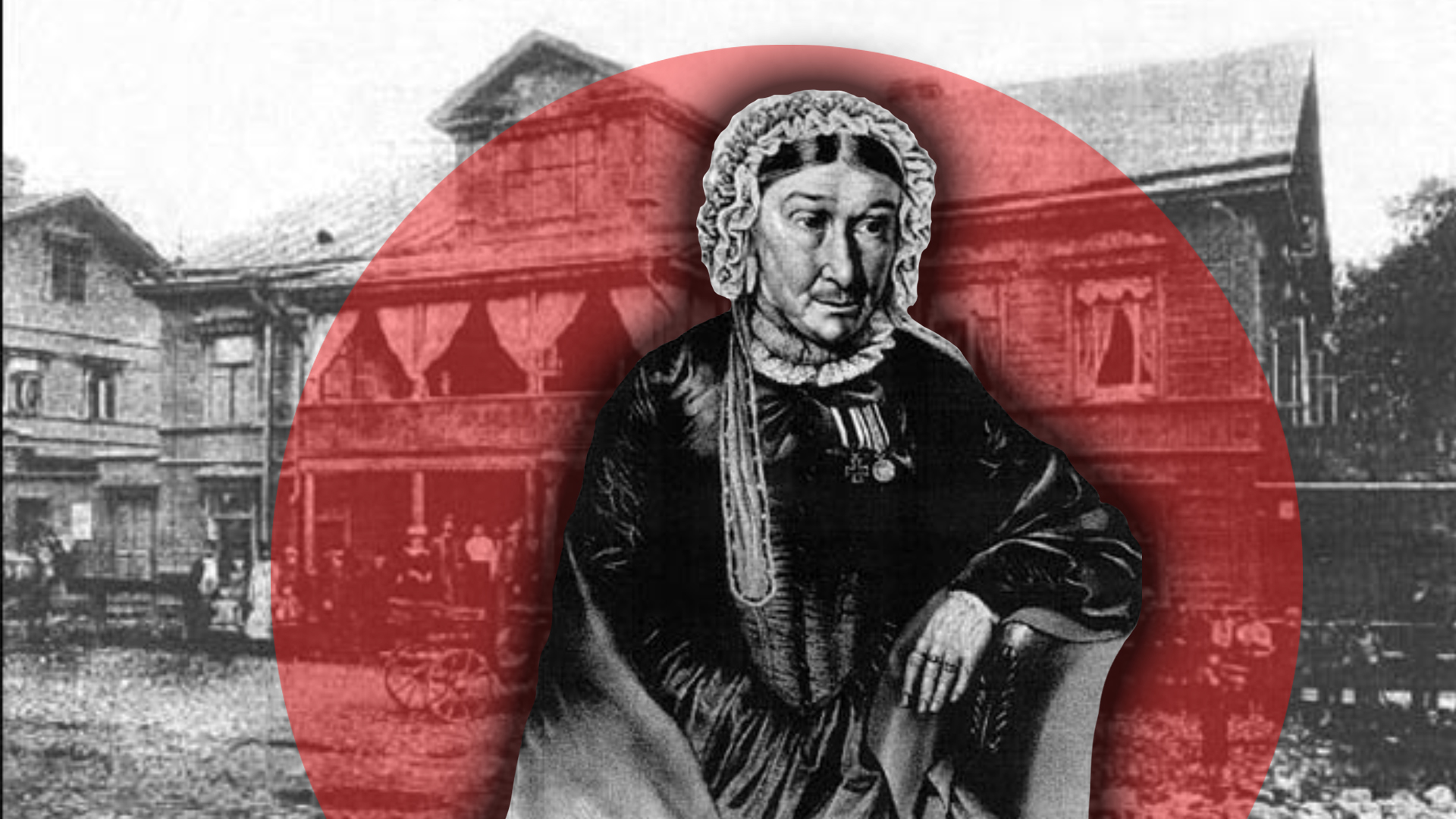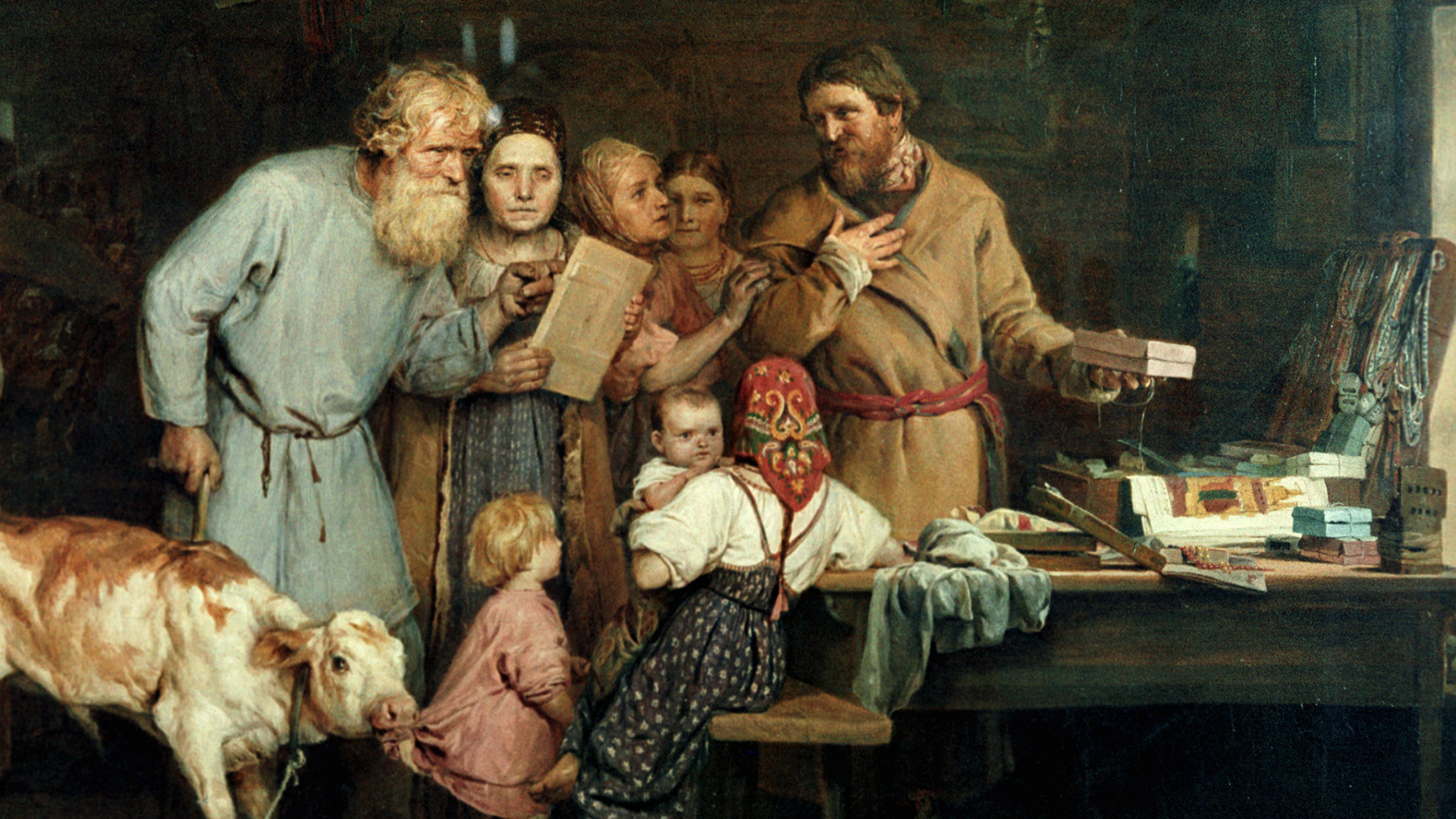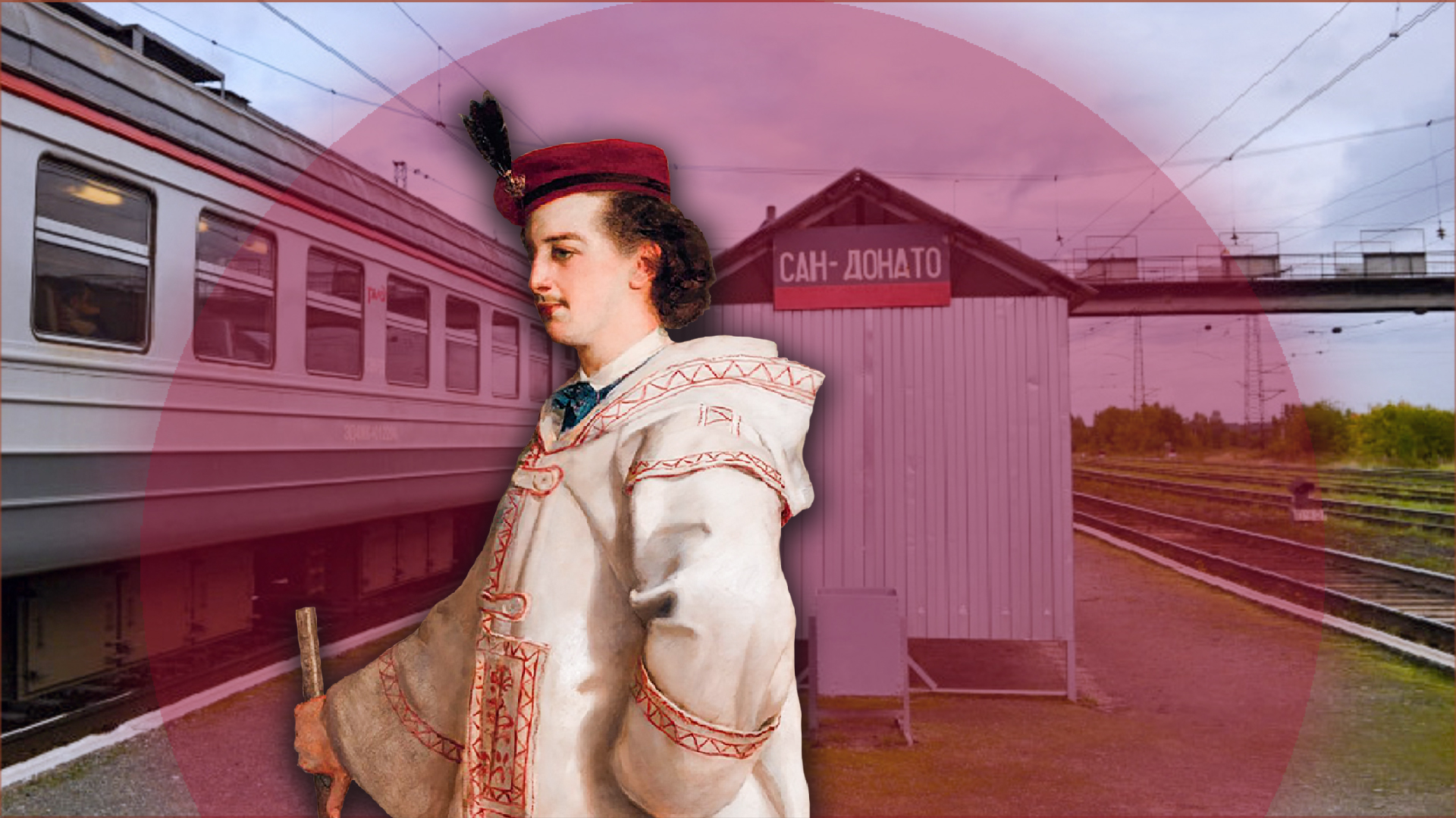
Why were BANYA ATTENDANTS valued so much in Tsarist Russia?

"From time immemorial, Moscow has been saturated with banya attendants in the following counties: Zaraysky-Ryazansky, Tula-Kashirsky and Venevsky," testified historian and writer Vladimir Gilyarovsky in his book ‘Moscow and Muscovites’.
Future banya attendants were most often raised from village boys. At the age of 10-12, they were brought to Moscow with horse-drawn companions, settled in with relatives and “given a city look”: haircuts, washing, changing clothes. The first lessons for each on the path to professional mastery were studies of local “geography”: knowing where the pub was, how to get in through a back door, where the tavern was, where to run for boiling water, where the bakery was, etc. The first job of such a boy was a courier. Also, the duties of newcomers included preparing ‘venniks’ (birch tree leaf bundles for gentle beating and massaging): On Saturdays and the eve of major holidays, some banyas required up to 3,000 of them. Many ‘venniks’ were also brought in cartloads from remote villages.

In the banyas, the boys worked in the changing rooms, helped barbers, learning to cut nails and cut off calluses. They also made washcloths from sackcloth.
The banyas did not operate every day. On two “non-bath” days of the week – Monday and Tuesday – the boys washed bottles and helped pour ‘kvass’, which was sold in the banyas, cleaned the owner’s yard and house, took out the trash and cleared snow from the roofs.
The boys studied until they were 17-18 years old. By this time, they had mastered the banya routine and learned how to deal with visitors. After acquiring this knowledge, the now young men could ask the owner to transfer them to the "good fellows" for any banya attendant vacancy. The work was hard, paid only in tips, but the income compensated for the shortcomings. "From five o'clock in the morning until midnight, a naked, wet, barefoot man, wearing only a short apron from the navel to the knee, works continuously with all the muscles of his body, at a variable temperature from 17 to 75 degrees Celsius. During this time, he only managed to dry out for half an hour at noon, when he threw on his outer clothing for lunch and put on his footmuffs," wrote writer Vladimir Gilyarovsky once.

An experienced banya attendant moved in a certain rhythm, skillfully and accurately lowering a ‘vennik’ onto a client's back, arms, legs, accompanying the gentle beating with jokes and anecdotes. The whole city knew and respected good banya attendants. They also knew their public, who gave how much and tried to wash and scrub in different ways.
Banya boys, unlike other students, almost never ran away. Their living conditions were more comfortable: they worked and lived together with their fellow countrymen and relatives, looked up to them, saved up tips, went on holidays to folk festivals in Sokolniki, Devichye Pole, Presnya, to booths and the circus.
And then, as already dapper "Muscovites", they would return to their native village to choose a bride.




